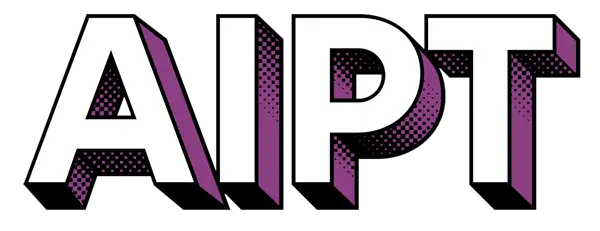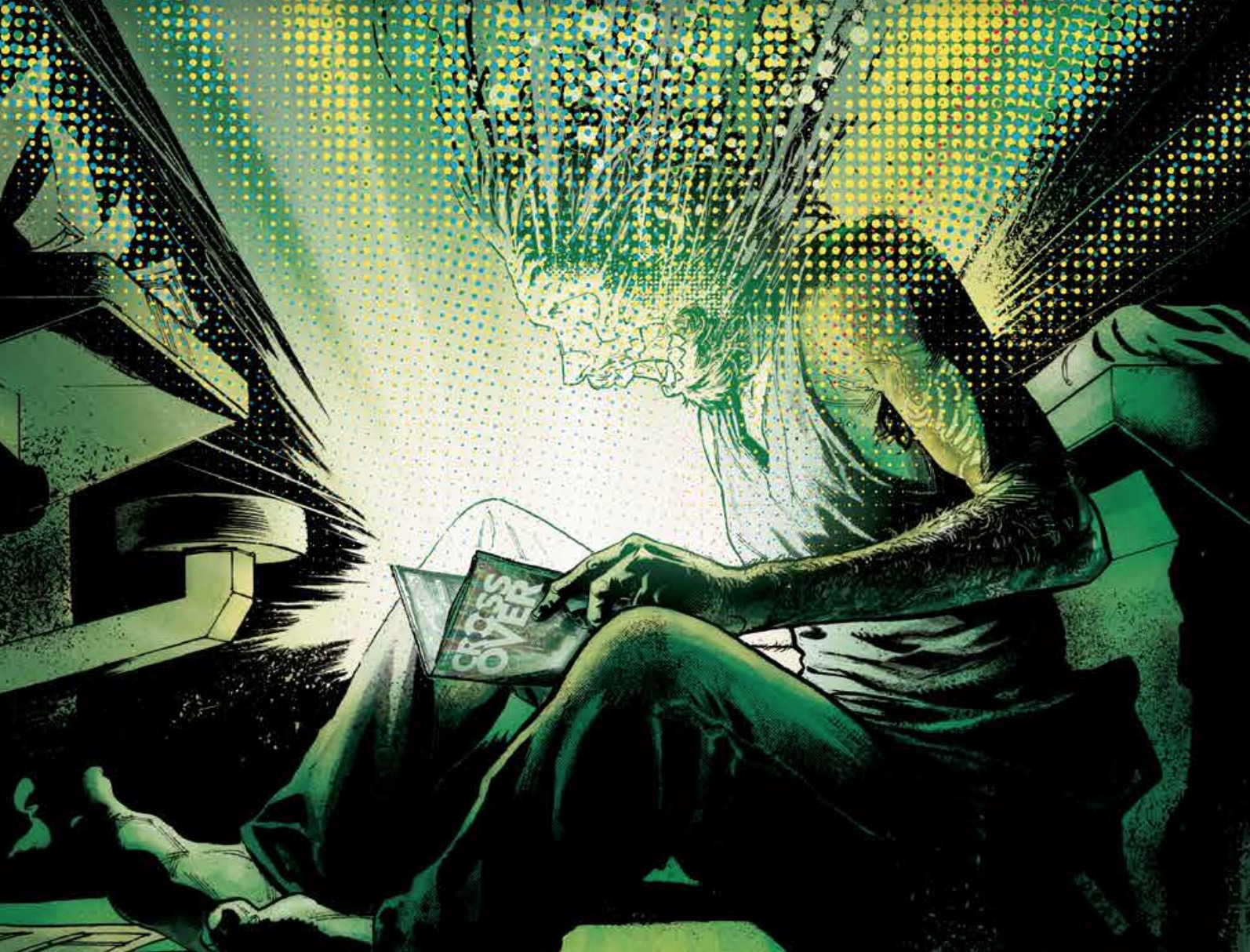This review contains minor spoilers!
The elevator pitch for Donny Cates and Geoff Shaw’s Crossover would be “Under the Dome meets Ready Player One, but with comic book characters”. Sure, most of the characters were from Image, which publishes this title, but the two creators also make good use of other publishers’ creations, whilst telling a bombastic adventure story that takes the comic book world and overlaps with our world, meshing the two realities. To really appreciate the comic, you ought to have some comics history, as well as how superhero comics work, particularly in relation to their crossover events.
Based on the opening issues of the second volume, Crossover goes through a change of pace as the interlude is written by Chip Zdarsky and drawn by Phil Hester and Ande Parks. Stepping away from the main adventures of Ellie and Ryan, the issue focuses on Steve Murray (Zdarsky himself) who is on the run in the wake of murders against comic book creators. During the chase, he meets his Ben-day dotted alter ego “Chip Zdarsky”. The detour is interesting and presents the mindset of a comic book creator as a person who doesn’t know how to do a nine-to-five job. All they know is comics. While Phil Hester’s penciling has been too simplistic for my liking, this emphasis on creators existing alongside their own creations is where Crossover begins to falter.

Credit: Image Comics
When we get back into the main story, it picks up from the cliffhanging reveal that Ellie Howell is actually a character from the fictional world and as Ryan tries to wrestle with this revelation, both of them are arrested by detectives Christian Walker and Denna Pilgrim from the Powers Division. For most of the volume, Ellie and Ryan remain in the confines of the Division and so the focus is shifted towards Powerhouse Director Pendleton and even the two protagonists from Brian Michael Bendis and Michael Avon Oeming’s Powers. Whilst we get another perspective that reflects on the tragedy to come out of the Event, the characterization of Crossover always felt lacking, and in the case of Walker and Pilgrim, you would only feel any attachment if you have read Powers.
As previously stated in my review for the first volume, Cates has been praised and criticized for his relentless style of storytelling, in which he can present such bonkers content without letting the story breathe for a bit. Although he somewhat restrains himself with this book, his ideas don’t always come together, especially when he decides to go meta. Taking a cue from the later books of Stephen King’s The Dark Tower, Cates appears as himself, serving as the catalyst for the Event. Despite his witty remark about him looking like Alan Moore, the story starts to feel indulgent and the presence of fictional characters existing in the real world doesn’t feel as inventive.
There are a few cases in this volume where Cates embraces his relentless style, particularly the climax, which allows Geoff Shaw to illustrate over-the-top action sequences where he can play around with panel layouts whilst Dee Cunniffe’s coloring can pop out. However, due to the involvement of creators getting involved, both Brian Michael Bendis and Robert Kirkman get to write a few pages, whilst other artists contribute, such as the aforementioned Hester and Oeming, whose styles don’t mesh well with Shaw’s visceral detail throughout the series.
Join the AIPT Patreon
Want to take our relationship to the next level? Become a patron today to gain access to exclusive perks, such as:
- ❌ Remove all ads on the website
- 💬 Join our Discord community, where we chat about the latest news and releases from everything we cover on AIPT
- 📗 Access to our monthly book club
- 📦 Get a physical trade paperback shipped to you every month
- 💥 And more!














You must be logged in to post a comment.